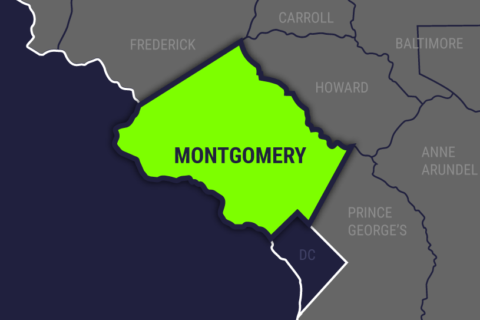WASHINGTON — In April, a former Montgomery County substitute teacher pleaded guilty to groping two middle school girls. A month later, a county music teacher pleaded guilty to abusing 15 minors. Many of the incidents took place in classrooms during school hours.
While there seems to be a spike in these occurrences, there’s no data to confirm that.
“My sense is that we see more reporting,” says Carol Shakeshaft, an educational leadership professor at Virginia Commonwealth University. “As people have become more aware of it and it’s in the papers more, people are willing to step up and report.”
In a 2004 report for the U.S. Department of Education, Shakeshaft wrote that teachers who abuse students are often highly regarded and professionally accomplished. That’s still true, she says: “People don’t question what you’re doing or why you’re meeting alone with kids, because they might think you’re a really good teacher, you’re probably just helping that child.”
Shakeshaft says it’s extremely difficult to screen out teacher candidates who go on to abuse children. Many have no criminal record. And once they’re in the classroom, teachers who sexually abuse students may not alarm their peers.
That’s because a lot of teacher preparation programs focus on behaviors candidates should avoid so they won’t become targets for accusations. Also, Shakeshaft says, teacher candidates should be educated on behaviors that should be seen as red flags.
Among the behaviors that could signal a situation:
- A teacher or coach who creates opportunities for one on one contact with students in a private setting
- A teacher or coach who focuses attention on one student in repeated interactions
- A teacher or coach who has contact with a student in non-school settings
In her 2004 analysis, Shakeshaft concluded that the issue of sexual abuse of children by educators was under-examined. She says that’s still the case today.
WTOP’s Kate Ryan contributed to this report.







